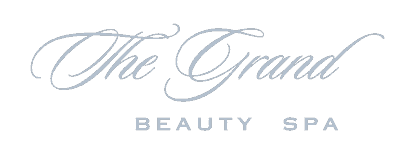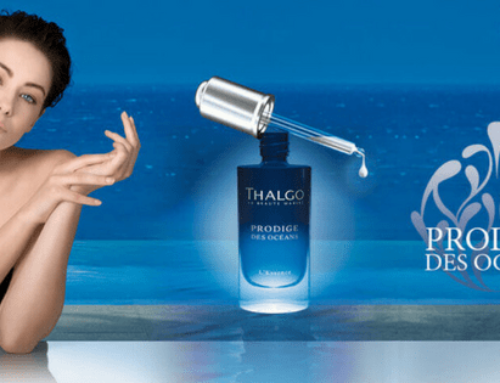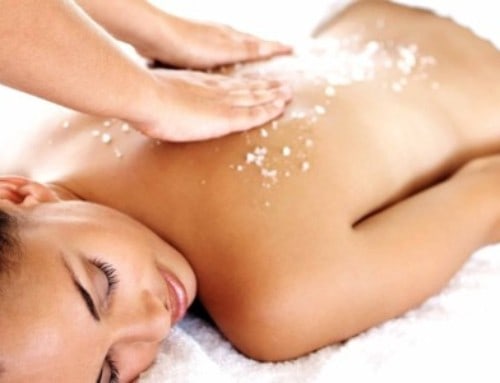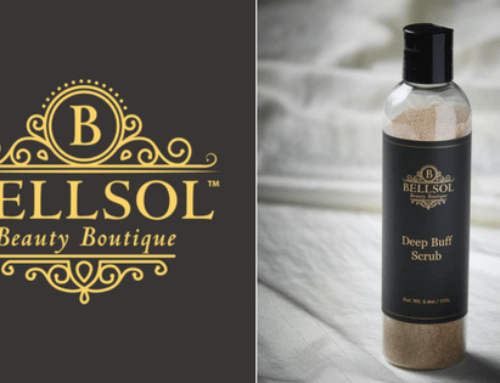Developed more than 2,000 years ago in Thailand, Thai Massage remains a popular technique that incorporates aspects of yoga, acupressure, energy balancing, and massage.
Considered one of the ancient healing arts of traditional Thai medicine (which historically also included herbal practice, nutrition, and spiritual meditation), Thai massage was originally passed from teacher to teacher within the Buddhist temples, while Thai families used it as a healing folk art.
Unfortunately, much of the history of Thai massage was lost during the Burmese invasion of Thailand in 1767. Today, Thai massage continues to be a mainstay in Thai medicine, while quickly gaining a new audience in the Western world.
Thai massage respects the body’s limits, while encouraging clients to reach their edge of flexibility-but never beyond. Thai massage uses acupressure, massage, and passive-assisted stretching, where therapists help clients move into their stretch.
The work is purposely slow as the therapist guides clients through the movements, being ever mindful of their physical limitations. Some say the combination of movements and focused awareness during a Thai massage session creates a slow, flowing dance between practitioner and client.
Some benefits of Thai Massage
The benefits of Thai massage largely mimic those of traditional massage:
- Deep relaxation and quieting of the mind.
- Heightened energy levels.Improved body-mind connection.
- Improved circulation and lymphatic flow.
- Improved range of motion.
- Increased flexibility.
- Rejuvenated body and mind.
- Relief for pain and muscle tension.
Thai massage both relaxes and rejuvenates. After the session, some clients report feeling awakened and energized, while also feeling deeply grounded and at peace.






